Dennis’ family is from South Carolina; he now lives in Maryland. He is an architect by profession and is partial to old vernacular farm buildings in Lancaster County, specifically the Leacock area. Butter Pat Industries partners with a foundry in Lebanon County to create its modern-day cast-iron pans, which carry 100-year warranties. Appropriately enough, Lebanon is the historic capital of the iron business in the United States.
“I come from a southern family where all of us obviously have used cast iron as our standard cooking procedure. When I left to go to college in the late 70s, I was going to be living in a cabin without any creature comforts. The stove we had for cooking on would also be the stove we would be heating on. My mother very unceremoniously said, ‘Why don’t you take this pan and this knife?’ It turned out that those two things were one of her butcher knives (she was a butcher) and her pan.
Even though we have now given cast iron this veil of honor of passing it on, for most people who are my age — I’m in my 60s — that first transition was not very ceremonial. It was just, ‘Here’s an old pot, get it out of my house.’ That was in my hands for the next 40 years, more than 40 years. During that same time period, I owned a hardware store while I was in college in Minnesota. We were the largest Lodge dealer west of the Mississippi. I also began reconditioning cast iron to sell it to the restaurant industry
My grandmother was very, very poor. It wasn’t a very special or branded cast iron – probably made by Wagner for an unnamed company. Her skillet was literally the only piece I would use. For me, it was that absolute connection to her, to who she was, to my place in our family history. And, on September 15, 2013 – I know it because we put a gravestone up in our kitchen – I cooked breakfast and the pan slipped out of my hands and tumbled down the steps. The first bang was like a bell, the second bang was like a bell, the third bang was like a clunk.
I sat down in my chair in front of the fireplace with this pan literally in my lap. My grandmother was so poor that these pans were the only two things I had of hers. Really, what I was trying to figure out was, ‘I have to be able to figure out how to repair this. If I can’t, I can’t give it to one of my kids.’
On that day, just sitting with that pan, I really thought, ‘Why is this one so different from what people can buy today?’ And, for the next year or so, I spent time in the Library of Congress, with the world’s largest collection of documents from the Griswold manufacturing archives; I took classes in metallurgy; I visited 23 foundries where we were first just trying to figure out exactly why something made 100 years ago was different from something made today.
Over that period, I tried to understand the reason: Was the iron better back then? Did they take more time to make something back then? Did they ground them back then? All of these things are mythology and are patently untrue. The absolutely simple answer is in the mid-30s and through the 50s, we were mechanizing everything in this country, and making cast iron became a mechanized process. For Lodge, the requirements of that molding machine had to be coarse enough for the gas to escape and for them to get the castings out of the mold quickly enough to stay on their assembly-line process. Second, to that, the silica dust, the fine dust that would have made the first coating of sand in the old molds is a carcinogen, and the EPA requires a low-particulate count in the air in the foundries, so even if a company like Lodge wanted to use fine sands, they couldn’t. The answer is a lot less glamorous than people make it.
With that being said, we knew the answer that you could not make a pan – you cannot duplicate a 1935 Griswold pan. Then, I started to think maybe it could be done. We had three specifications: One was that they had to be thin on the walls — 3/32nds of an inch thick; two, it had to be of a certain smoothness; and third, it had to be made in the United States.
As a challenge to myself, I said I can do it — I was really only trying to make two pans. I have a very supportive wife, and I was at a point in my career where I could take the time to figure this out for the fun of it. Our pans are cast out of an old Griswold recipe, but we needed a different way to cast them.
We started to meet with foundries, talk with them about our project. That took us to Lebanon and our foundry. They were sort of interested because it was a stupid idea. We attempted to make pans. It didn’t work, they all cracked. We worked on them for about six months – completely all failures – and then they said, ‘We’re not going to do this anymore; we don’t see any future in it, we’ve seen no success.’ We signed another contract just to solve this problem. We did that for another six months. We had no success, zero, but by the end of the six months, the foundry was just as intrigued as we were.
We were making our largest pan, which is 14 inches in diameter, the most difficult pan, and the technical challenges of making something that thin and big are immense. It is the most difficult thing that this foundry has ever produced, including government contracts, pumps for submarines and parts for fighter jets.
Like I said, after the first six months, we had no success and my partners said we’ll take another six months on our own dime to figure it out. We had no success until the very last set of castings – where we had seven molds – and quite literally, the last mold of the seven is where we had an intact part. We were so pleased with it – one for my one son, one for my other – that obviously at that point we were so engrossed in this that we decided we should make this as a commercial project that we can sell.
There are about seven companies making cast-iron cooking products — all small like us. When we cast, the photographs you’ve seen on our website, that’s the way they come out of the mold, they are that thin. They look identical to what you see dimensionally.
Field or Finex or Smithy and all other contemporary manufacturers are using a different process, the traditional process, pouring a very rough and heavy pan, then using a CNC milling machine and grinding out the cooking surface. We could have done that, but we really wanted to make something where all of the pan was smooth. If you take a pan and drag it across an expensive countertop or glass cooktop, we didn’t want it to damage the surface.
All of that comes at a price, our pans are very expensive, but they are expensive for a reason. If you cook on them, they cook very differently than anything except the old pans.
You’ll hear 50 different ways to wash your pans. Ten will tell you soap will ruin your pain, 10 will tell you soap is fine, and 10 will tell you to use salt and potato and put it into hot water. What I tell people is I don’t want to give my pan a spa treatment. I am not rubbing it with salt. It’s a pan. I’m going to wash my pan with soap, scrub it as hard as I need to, and I’m going to prevent it from rusting. That’s the way pans were treated until they began to get rough. Once they began to get rough, seasoning is what we were maintaining as a leveling agent to make the pan smooth.
We have 20 or 30 years where Lodge was the only American manufacturer, and all of the others coming into the country were as rough as asphalt. Those layers of seasoning weren’t really there to act as a nonstick surface; they are there to level the surface out.
The absolute fact is you have all of this seasoning on the pan, and if you use a Brillo pad, you’ll rub the seasoning off and things will stick.
Before 1955 – and really it started with Lodge specifically talking about seasoning – there’s almost no mention of seasoning. I’ve looked at the advertising records of all the major manufacturers from the 1800s to 1955, and there is almost no mentioning of it. No mention of, ‘Go home and don’t wash your pan.’ This is mythology based on fact, but the fact is it’s because your pan is rough. When people buy our pans, we have a huge uphill battle to convince them. I talk to people on a daily basis and tell them to use it as roughly as you need to, scrub it if you need to, just don’t let it rust. Don’t put it in the dishwasher. Put it on the stove to absolutely dry it, then oil it. You don’t need to reseat it once a year. It’s made out of iron; you can’t hurt it. The concept of all of this care and all of this hoopla of taking care of your pans is based on a technical specification of the material.
We are in kind of a unique position because several other pans are about as smooth as ours on the surface. They’re a little bit rougher, and we’re trying to let people know that seasoning is the paint that protects your house, not some magic that makes your food taste better.
There are 185 folks at the foundry in Lebanon, and the pans get shipped to Easton to do a seasoning and then secondary processes in Maryland, where they’re shipped out from that warehouse. They couldn’t be made if it weren’t for our partners in Lebanon. They’ve been kind of old-fashioned technicians that we admire in figuring things out.
This spring I’ll be speaking at the Charleston Wine and Food Festival – and talking about all varieties of cast iron. So many people are super-finicky about their pans and say, ‘I’m the only one who gets to wash the pan in the house.’ There’s this level of personal investment in that surface that I find really fascinating, but it is a little bit of a fetish and a little bit of a cult. It is not based on technical facts. Can you imagine a fine restaurant maintaining the seasoning on a pan? It’s just not going to happen. Typically, they are cleaned with a spatula, which is nothing more than a paint scraper, thrown into hot, soapy water, dried, thrown back onto the stove, coated with a little bit of oil, day in, day out, hundreds and hundreds of times. Sean [Brock, owner, Husk in Charleston], uses them in all his restaurants. They’re not treated with any kind of gracefulness, they’re cooking tools. When I talk to people, journalists and otherwise, I’m trying to encourage people to not be too afraid of these things.
It is very difficult to “ruin” a pan: break it, let it rust, and even then you can sandblast it.
If you rust it, you can still fix it. it’s a remarkably durable material. When people become so concerned with the seasoning, they lose sight of the fact that there are so many things that they can do with a cast-iron pan that they would not do because of ruining their cast iron. Deglazing with wine takes whatever seasoning is on the pan right off. I want it to do that specifically to include that in the dish I’m making. You’re leaving all of those good tasting little bits stuck to the pan or wandering around and not including it in whatever you are cooking. Roasting in cast iron – where the roasting temps are above 500 degrees – burns the seasoning. Cooking on an open fire burns the seasoning. People are afraid to do all these things because they’re afraid they’re going to mess up the spa treatment on their cast iron. A year and a half ago, we sent them to chefs, people who we knew were going to abuse them. We told them, ‘We want you to ruin this pan, and we mean that sincerely. Do everything you possibly can do to ruin the pan.’ Then we would get feedback, and no one would ever say they ruined the pan. One guy ran it through the dishwasher, and that ruined the pan.
One customer kept buying sporadically in sets of two or three. I thought he is probably a restaurant owner ordering as needed and paying full retail, which is crazy. I called to tell him to sign up for our restaurant program, only to find out he’s not a restaurant owner but is giving them as baby gifts. He said, ‘I write a note to the baby and say, I’m giving you this cast-iron pan; it’s for you when you turn 18, and I’m going to let your parents borrow it until then.’
It encapsulates this from-one-person-to-another transmission of something that we use and touch and care for, and I love that, I really, really love that. My rant about seasoning is in no way to take away from the power of these things being something like your grandfather’s pocket knife or pocket watch – similar things that you carry and become a part of the fabric of what you do. Jewelry, pocket knives, it’s a teacup subset.
There’s a story that you might look at that has really sort of colored my perspective on this because, in Japan, they all sit down and drink a cup of tea. It’s ritualized the way the cup is turned. You’re there admiring them, and when you are passed the tea bowl, you turn the tea bowl in your hands so you can look at it. The most valuable tea bowls are in public collections, and when one of these was sold six to eight years ago, it sold for something over $10 million. We’re talking about fabulously expensive objects.
The thing that is interesting is that those bowls are not fancy. There were Korean farmers’ rice bowls back in the 13th and 14th centuries, commoners’ bowls, pieces of junk. It is the process of admiration over generations that has turned this lowly object into immense value. To me, the fascinating thing is laying value onto a very common object. Someone in Japan said, ‘This is a beautiful bowl, let’s use it in a tea ceremony.’ And, the next generation said, ‘Let’s admire it because they did.’ And then another generation, until they become the most admired objects of an entire country. So, why not a pan?
We are, in a small way, replicating this process. We’re saying as people that this is something that is valuable to us. We’re going to cherish it, and we’re going to pass it on to our children.
For me, personally, and this is wrapping this up full circle, the most important thing for me in starting my company was only to make two pans – and the purpose was literally only to make those two pans for my kids. I’ve been able to do that, and now on Thanksgiving Day, I get pictures from people all over the world that say, ‘Hey, we’re cooking, and here’s what we are cooking using something you made.’ It’s a pleasure that’s really hard to describe when you see someone’s made a really fancy meal in your pan, and they have it there with all of their kids on Thanksgiving.”

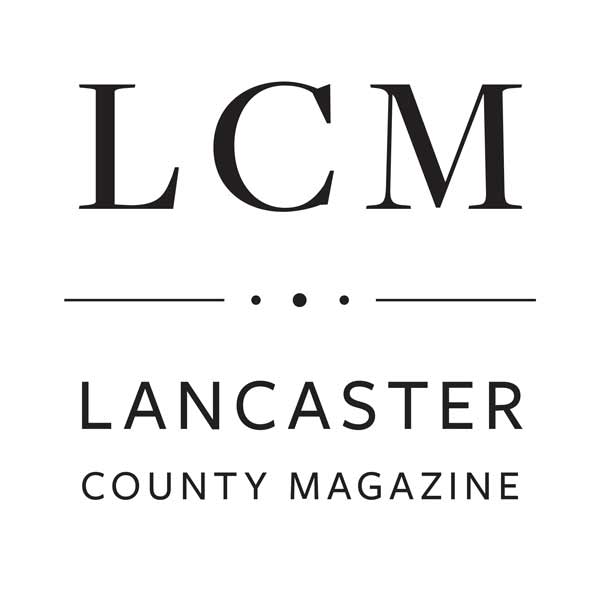
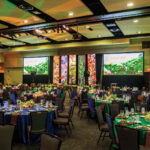
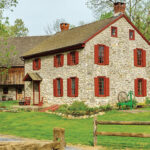

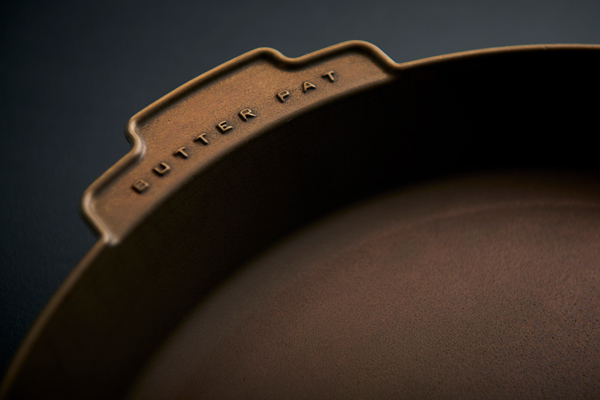
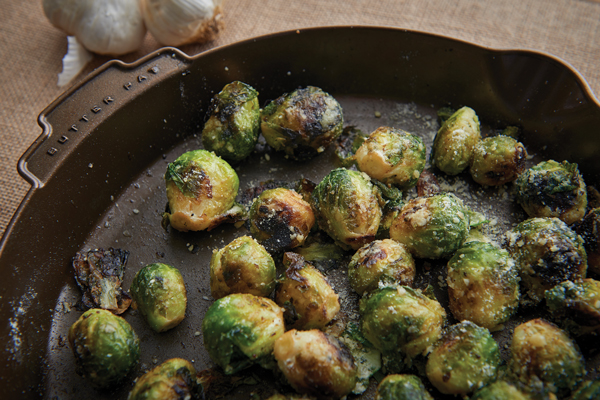
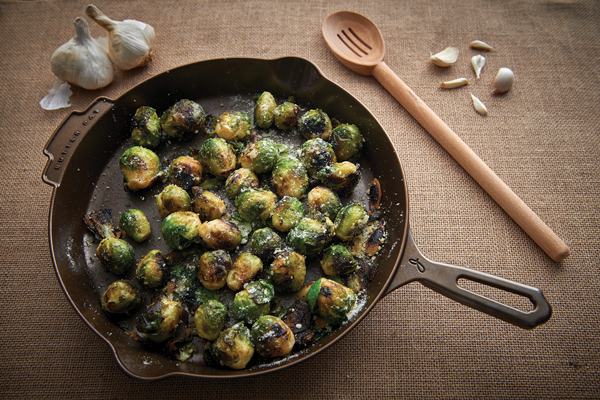
Great interview. Nice to hear Dennis story and meaning behind his hard work and persistence. I love my pans by Yeti/Butter Pat.
I learned of Butter Pat cast-iron skillets just recently. I collect old vintage cast iron pans. Yes those of past are thinner by design. There is artwork in their foundry work. Interestingly the Butter Pat pan has a handle which is very, very similar to an old Wapak Indian head. It shares many features of the vintage pans of past. I wonder if if cooks like an old Marietta PA pan of past in the late 1800s when maker logos first started to appear. All the best Mr. Powell on a job well done. Your Grand mom would be proud. Yes others are curious of your techniques !